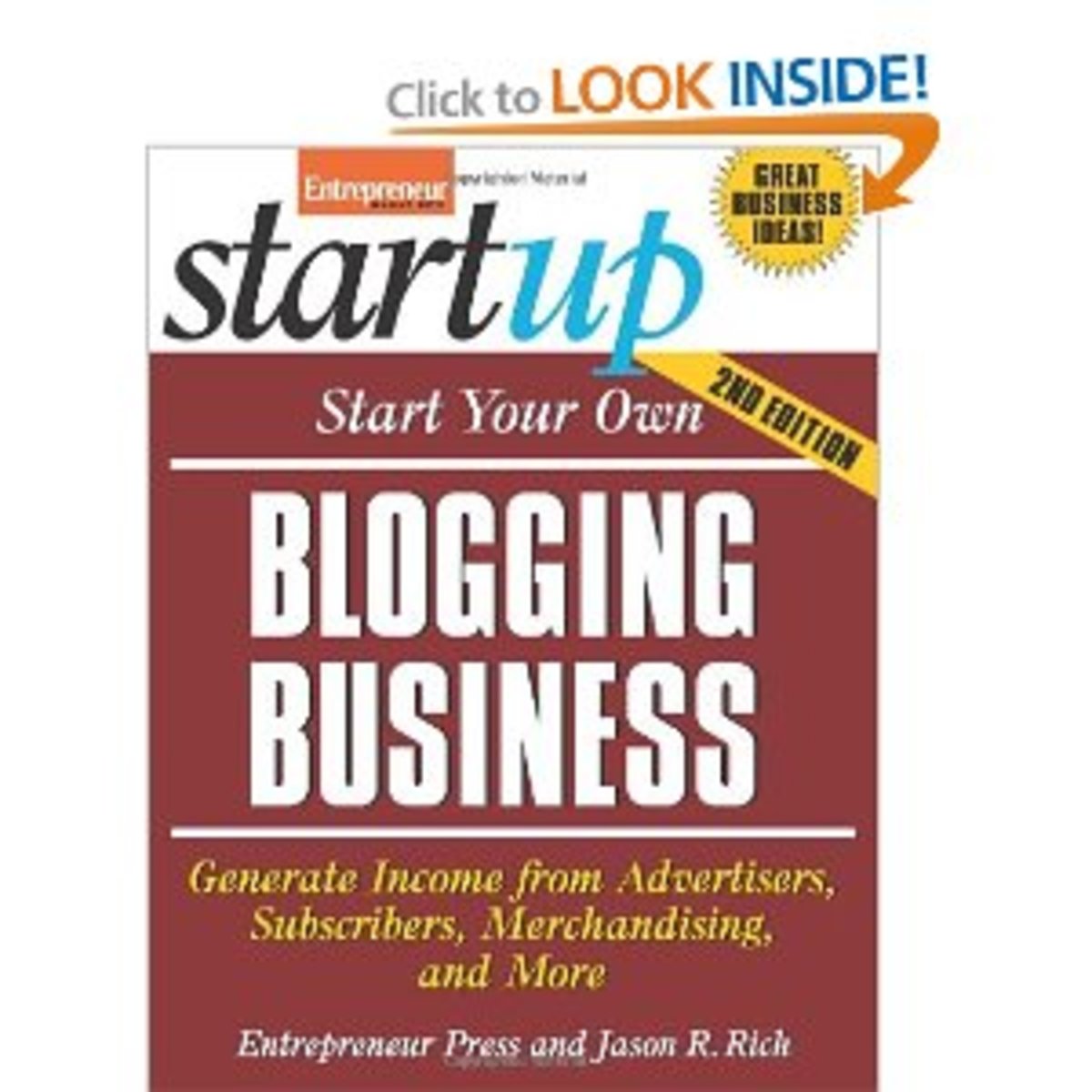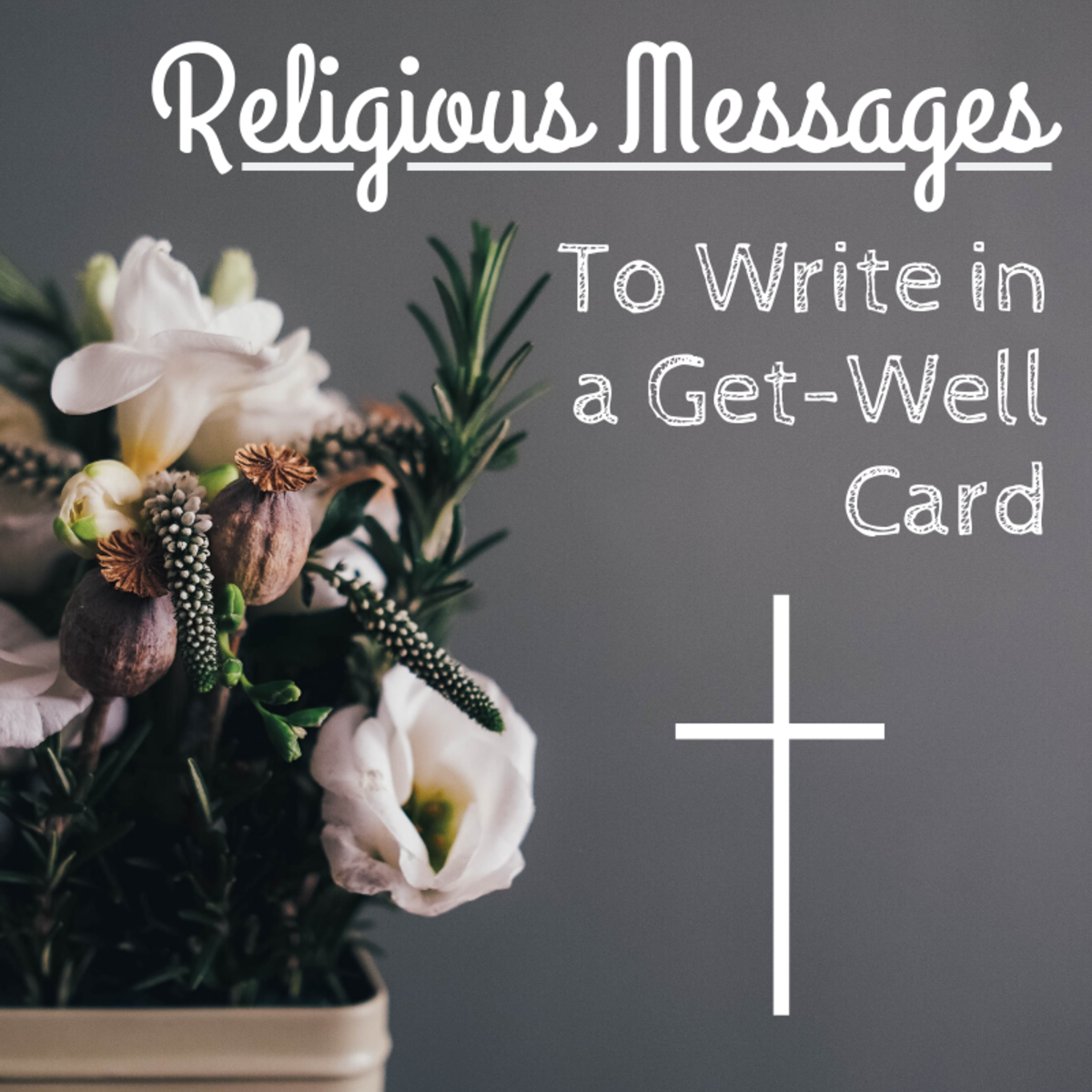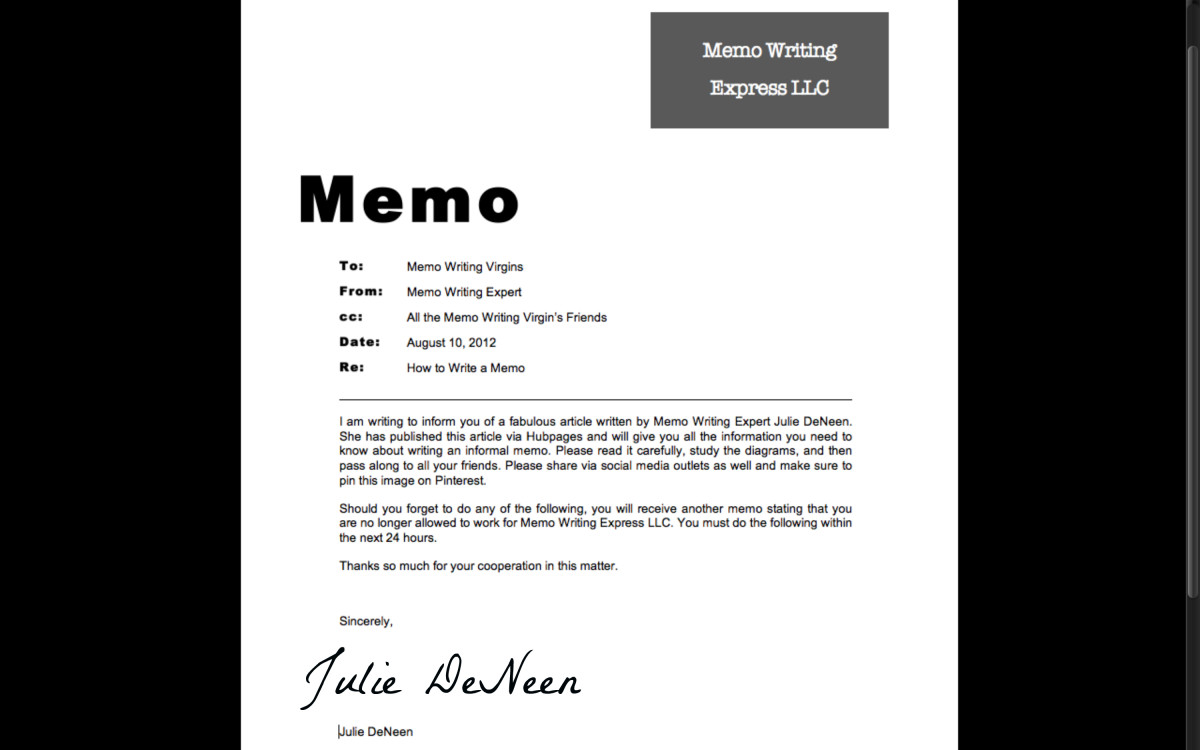Writing Good Blog Content

Everyone Says Content is King
Writing good content for your blog (or hub) should be the top priority of any blogger. In this post, I will explore some important considerations that are critical to good blog content.
A while back I published a post on another blogs about writing good blog content. The information presented was not my opinion or based on any great experience I have acquired. Instead, it was a compilation of information and pointers I picked-up researching the subject. I found these concepts on blog sites with heavy traffic. I thought to myself, “These guys have proven themselves so their advice has merit.” The advice advanced by experienced bloggers has merit here at HubPages as well. Here is what I learned.
Good content should be the goal of every blogger. The blog, as a communication platform, was originally conceived as a written medium . . . a written log, journal or story. Today, it has branched into the realm of graphics (like a photoblog) and other forms of visual media, but still, at some basic level, most blogs take a written form. Personally, I think the blog is one of the great achievements of the Internet. It allows anyone with a keyboard (or now, perhaps a smartphone) to express themselves, give an opinion, showcase work, share information and communicate to the wider world. It can be a great expression of democracy because we can all get published and without a lot of resources, money, connections, or even talent for that matter. Whether you publish a traditional blog or write on a sponsored platform, such as HubPages, the content of your writing must be "King."
Your writing is an expression of yourself and the way you want to be presented to the world. So good content should be the first and foremost aim. It seems that even search engines, over time, will appreciate good content. So what does good (or great) content really mean? Here is a quote from a website called "ProBlogger" that I like . .
“Successful bloggers have to keep their heads around many different aspects of the medium – but at its core is being able to write compelling and engaging content on a consistent basis over time.”
General Considerations for Good Content
When preparing to write a post, there are few concepts that are key and should be taken into consideration.
- Readers Attention Span: Remember, your audience may be busy or just lazy and they are bombarded with information. Getting their attention and keeping it is no easy task. Make your post skim-able. Use headers, formatting tricks, pictures and other techniques to allow readers to scan the article and perhaps decide to keep on reading. A good mix of the written word and graphic elements, such as photos or videos will make your writing more appealing.
- The Importance of Titles: Because they create a first impression, titles are a key element and one of the most important parts of any blog post. The title needs to grab a reader's attention and make them want more (but within reason). Titles also play a major role when considering strategies for SEO (Search Engine Optimization).
- Post Length: Is your post too long, too short or just right? This will depend a lot on what you are writing about. I have seen many opinions on post length and a common perception seems to be somewhere between 250 and 900 words. If it is too short, it may be lacking in detail but if it gets too long, readers may lose interest and will not make it to the end. Splitting one long post into multiple medium-sized ones and linking them is a good way to spread yourself out and present multiple posts on a single or related subject.
- Capitalize on Your Skills: Writing skills will vary with each of us. If you feel challenged in this area, spend extra time researching the topic. With blogging, I believe it should be possible for anyone to produce decent content. Blog posts are typically shorter in length than other more traditional writing (even a short story is usually much longer than a blog post). Blogs also tend to be about very specific subjects which makes them easier to get a handle on. Photographs, other graphics, videos, and other imported data can help ease the burden (a blog does not have to be word intensive to get the point across). Determine your strengths and leverage them.
Make an outline or storyboard if that helps. Have a beginning, middle, and end and stay on topic. Get help and seek out good advice. There is a lot of good information out there. This post provides a starting point but you can certainly find more.
Now that we have a few concepts to consider let’s explore these and some others in Part Two - Key Elements to Good Blog Content.
My Blog Sites
- My Other Blog
A Genealogy and Family History Site








